
The fifth section of this thorough examination of interior design covers a gamut of aesthetics from stark simplicity to homey warmth to rigid metallic vibes.
Jacobean

Jacobean interiors can be described as luxurious, rich and ornate. Oak is the dominant material used on tables and chairs. The wood is always intricately carved – table legs and banister posts are accentuated with deep carvings. Many items have decorative inlays, veneers or scrolled designs. Heraldry was also celebrated during this period with royal and family coats of arms often incorporated into furnishings. Pieces tend to be fairly bulky, but symmetrical and designed to be viewed from 360°. Furniture isn’t the only beautifully detailed element. Plasterwork ceilings and grand marble fireplaces are also modifying elements of Jacobean interior design. Silver is a commonly used material, and it’s typically used to channel a marine motif. Silver sculptures of dolphins, mermaids and shells are interspersed throughout Jacobean design, which was an early Renaissance style during the reign of King James VI.
Japandi
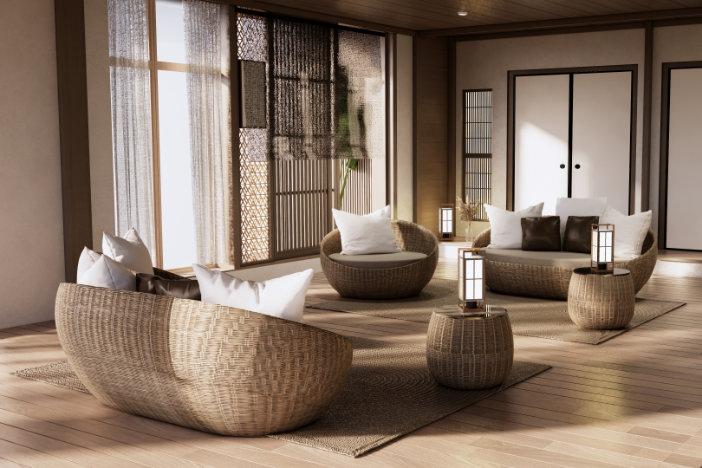
Japandi style is a fusion of Japanese wabi-sabi (finding beauty in imperfection) and Scandinavian hygge (creating a feeling of well-being and coziness) with a shared emphasis on intentional minimalism and nature. Spaces are free from clutter and populated with a well-curated selection of high-quality furnishings with functional purposes like a handcrafted solid wood dining table. There’s an emphasis on clean lines, craftsmanship and natural materials such as unfinished woods, bamboo and stone. While it incorporates the soft neutral palettes of Scandi design, Japandi also infuses spaces with contrasting darker tones (e.g. rich greens, deep browns, eggplant and terracotta) highlighted by Japanese style.
Tatami mat flooring and rice paper shoji screens help to create the serene feel of this hybrid aesthetic. Large windows that connect the outdoors to indoor spaces and provide sunlight are often present. Bonsai trees and hanging plants, along with wooden bowls, rattan and wicker accents reinforce the integration of nature. Handmade artisanal items are frequently used and exemplify Japandi’s focus on sustainability.
Japanese
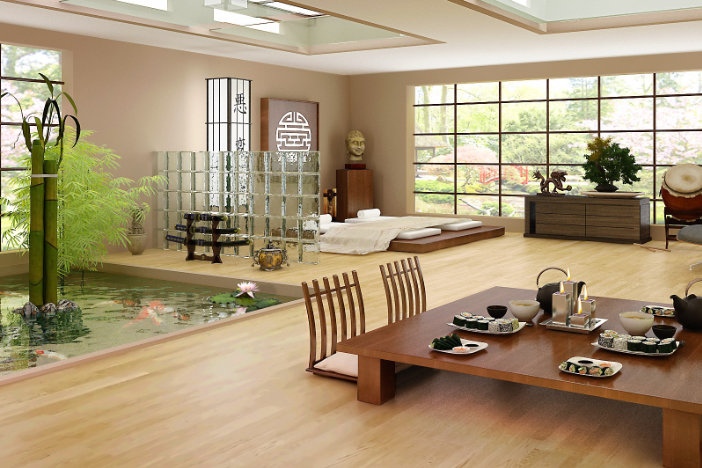
Japanese interiors give off a serene, peaceful feel thanks to a simple design style. Much like minimalist design, Japanese interiors put a focus on uncluttered spaces, clean lines and balance. Sliding doors are often used to create a seamless transition from one room to the next. Natural wood and stone are heavily used throughout the home. Outdoor elements like rock gardens, fountains, ferns, bonsai and bamboo are also utilized. Furniture is large and usually square or rectangular and pieces like chairs and sofas sit low to the ground. Large glass doors provide inspiration and access to nature. Shojis are essential design elements in traditional Japanese homes. These sliding doors or room dividers have a lightweight wooden frame and are made from translucent washi paper that permits natural light to pass through.
Lake House

Lake houses focus on relaxation and simplicity, which is exactly what the lake house home design style reflects. These interiors boast a casual, carefree atmosphere associated with lakeside living. Natural light is maximized with beautiful picture windows and skylights to show off breathtaking outdoor scenery. To keep the focus on nature, simple color palettes consisting of a blend of neutrals are used throughout the home. All-white color palettes are also common among the lake house style. Existing architectural elements like exposed wood ceiling beams and brick walls are embraced and shown off. As with cottage or coastal styles, elements found in nature are used for decorating. You might see greenery, animal prints, or driftwood throughout a Lake House style home.
Machine Age

Machine Age interiors share similar characteristics to mid-century modern and industrial homes. However, the theme that pervades this design aesthetic is the imagery of the machine and its attributes: speed, power, efficiency, precision, reliability and impersonality. Organic motifs are replaced by mechanical iconography such as lightning bolts (i.e. electricity), radio waves and gears [Meikle 2010]. There is a focus on raw materials like metal and exposed wood, both of which help create cool, sleek and clean interiors. Texture is important in Machine Age design, as it adds character to the home. For instance, a room with brick walls, stone floors and stainless steel countertops would fit the Machine Age aesthetic.
This decor style has a more vintage flair than industrial interiors do. Therefore, you’ll frequently see big statement pieces like old road signs, train station clocks and studio lamps. Color palettes are always neutral and usually contain a mix of grays, whites, blacks and browns. Metals like metal, bronze, copper and nickel are also prevalent. Machine Age designs also take inspiration from streamlined aircraft and naval vessels. It can be seen in iconic vintage films like Chaplin’s “Modern Times” and Fritz Lang’s “Metropolis.”
Maximalist
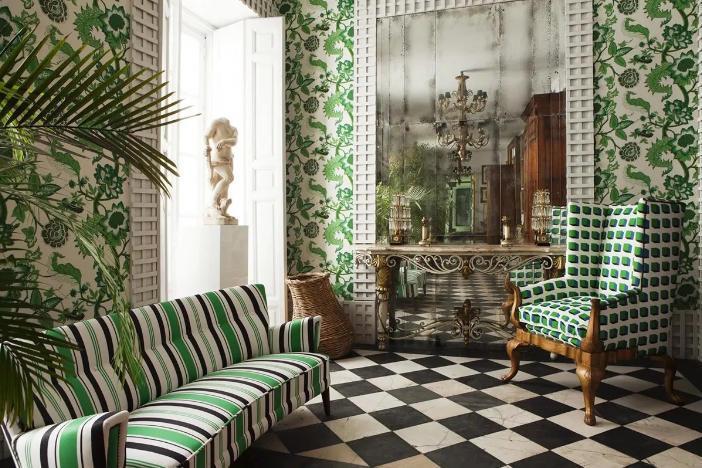
If “less is more” is the mantra of minimalism, then “more is more” is the rallying cry of maximalism. However, this celebration of excess is not completely chaotic for its own sake or as random as eclectic style. In its truest form, maximalist design layers furniture, decor, art and treasures that not only have visual intrigue but reflect one’s personality. The assortment should be carefully curated over time and showcase one’s exotic travels and individual life experiences. In contrast to stark aesthetics like Scandinavian, Maximalist interior design proudly displays vibrant colors, bold patterns and a variety of textures to engage the senses. Emerald, sapphire, fuchsia, turquoise, ruby red and violet are among the intense colors favored by this style. To maintain some semblance of harmony, though, it’s best to limit the palettes to two or three.
Loud wallpaper is frequently employed to provide a backdrop of repetitive patterns of abstract shapes, florals and prints. But, the walls may still be adorned with framed photos and artwork of shapes and sizes. Plush velvet and velour upholstery or curtains add elegance, glamor and tactile appeal to maximalist settings. Gilded mirror frames and lacquered surfaces frequently appear. These spaces are also marked by eccentric pieces of interesting one-of-a-kind furniture or unique architectural focal points. Small curios, souvenirs and ornate accents are layered liberally.
Medieval
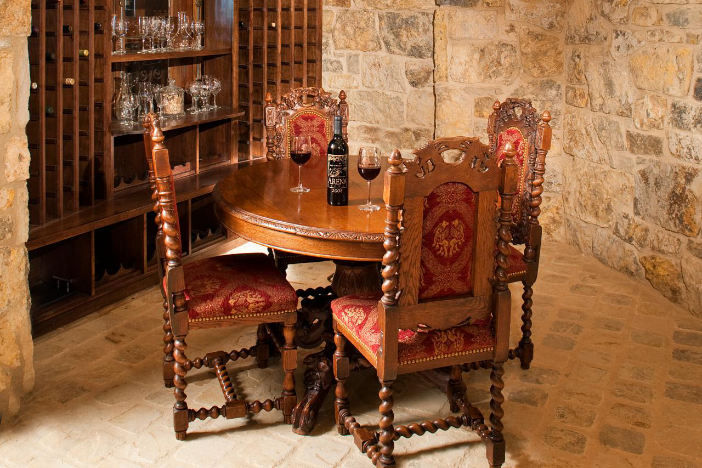
Medieval interior design can be compared to Gothic interiors, as they tend to have similar design elements like rich wood accents and decorative stone. Much like castles of the Middle Ages, Medieval interiors are rich in detail. They boast large, heavy and ornately carved wood benches, chairs and tables. The upholstery on window treatments, beds and sofas feature luxurious fabrics such as velvet, silk and damask. Medieval color palettes are just as bold as the detailing in the house. Dramatic reds, greens, golds and blues can be seen on everything from upholstery to rugs and other decorative items. Walls of this style are often adorned with rich tapestries hung from metal rods and lined with tassels. These decorative embroidered accents depict hero scenes and feature heraldic designs or coats of arms.
Mediterranean
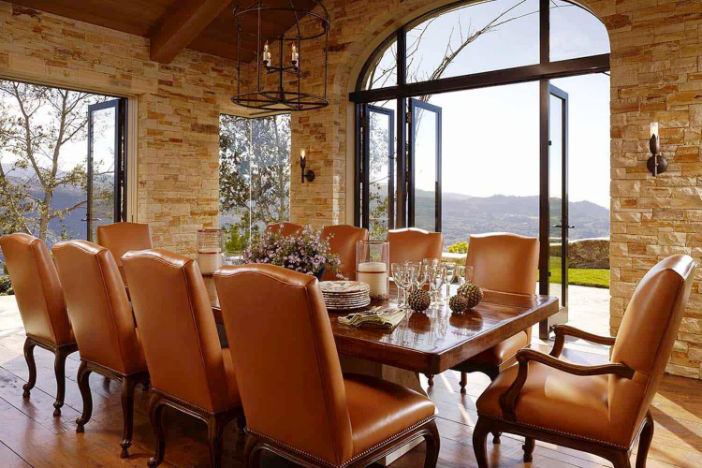
Much like Greek interiors, Mediterranean design is influenced by location. Touches of Spain, Greece and Italy can be found in Mediterranean homes, and these locations are brought to life through bright, bold colors influenced by the sea and sky, like turquoise, emerald and yellow. Decorative mosaic tile is often used on interior elements like floors, tabletops, bullnose-edged counters, mirrors and backsplashes to bring a charming rustic appeal to the home. Mediterranean furniture is built short and low to the ground. The feet on the furniture are turned and ornately detailed. The outdoors is always embraced, and many homes blur the line between inside and outside using picture windows and glass sliding doors. Red tiled rooftops, similar to Tuscan architecture, adorn many Mediterranean homes. Wrought iron banisters and balconies are also popular features.
Memphis
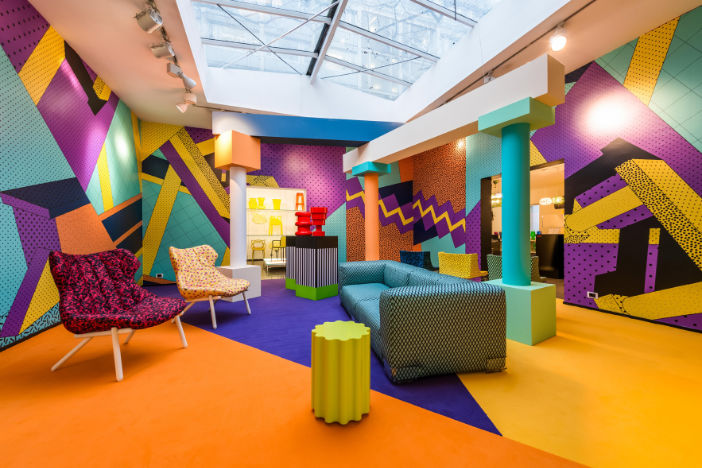
In the 1980s, Italian designer Ettore Sottsass founded the Memphis Group as a post-modern reaction to the straight lines and structured functionalism of Mid-Century Modern and the minimalism of the 1970s. Memphis style is colorful and abstract with atypical shapes and asymmetry driven by form and not function. It’s meant to provoke an emotional response and this outrageous contemporary aesthetic was once described as a “shotgun wedding between Bauhaus and Fisher-Price.” It was inspired by Art Deco and pop art, as evidenced by the frequent use of black and white stripes, zigzags and bold contrasts in color.
Plastic laminate, MDF and terrazzo materials are used in flooring or to construct multi-colored furnishings. Squiggles (a.k.a. bacterio print) are often incorporated on patterned surfaces. Some notable items in Memphis style include Sottsass’ Ashoka Lamp and Carlton Bookcase, and the open Panda Cabinets by Paola Navone. “Pee Wee’s Playhouse” infused Memphis style into the show’s set design to reinforce the vibrant and quirky tone.
Mexican
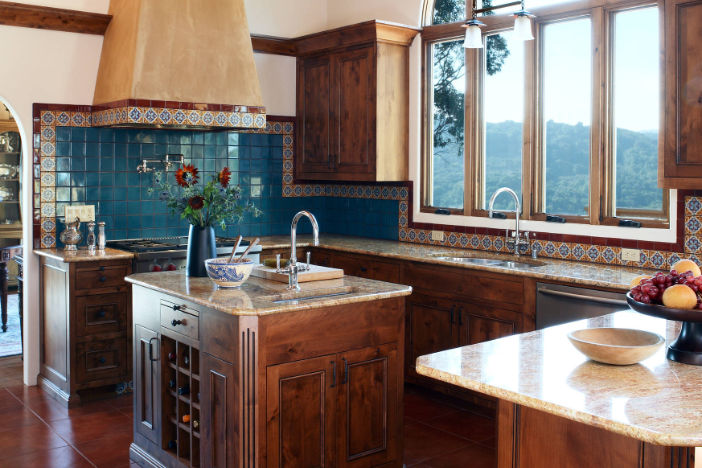
Mexican-inspired homes deliver a similar feel to eclectic interiors. Numerous bold colors are used, such as bright pinks, greens, oranges, reds and yellows. Candlesticks, ceramic pots, ironware and hand-sewn rugs also bring personality into a Mexican home. The pottery often has intricate and colorful designs influenced by the flora and fauna found in Mexico. Chairs, tables and sofas boast an elegant look, with influences of Spanish colonial and Tuscan style. Mexican furniture can either come with a refined, stained dark wood or weathered wood for a more casual, rustic beauty. Prints and patterns like mosaic can be found on everything from tiles to pillows. Many Mexican kitchen backsplashes or bathroom feature traditional hand-painted Talavera tiles. This colorful tin-glazed majolica earthen pottery was popular in monasteries and churches in Mexico in the late 1600s and early 1700s.
Mid-Century Modern
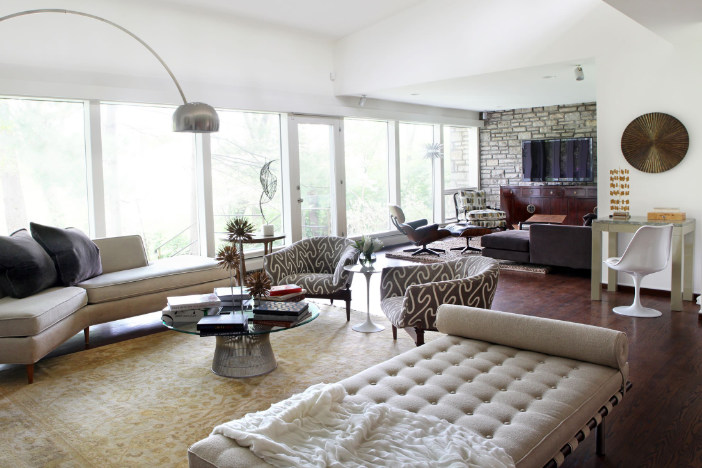
Mid-century modern interiors can be seen throughout AMC’s hit TV show “Mad Men,” as the design era came to life during the 1940s-70s. These homes have a seamless flow from the inside to the outside thanks to sliding doors, picture windows, skylights and patios. Windows are often left bare to emphasize outdoor views. The furniture is entirely unique, featuring statement pieces like marshmallow sofas and egg chairs. Many pieces, such as the Noguchi table, are asymmetrical and feature amorphous components, which make them feel more like sculptures than pieces of furniture [Attfield 1997]. Elements like floors and ceiling beams are stripped down to their original form, while walls are dressed up with graphic wallpaper featuring bold geometric patterns. Prominent Mid-Century Modern designers include Frank Lloyd Wright, Charles and Ray Eames, Arne Jacobsen, Eero Saarinen, Ludwig Mies van der Rohe, Isamu Noguchi and Hans Wegner.
Minimalist
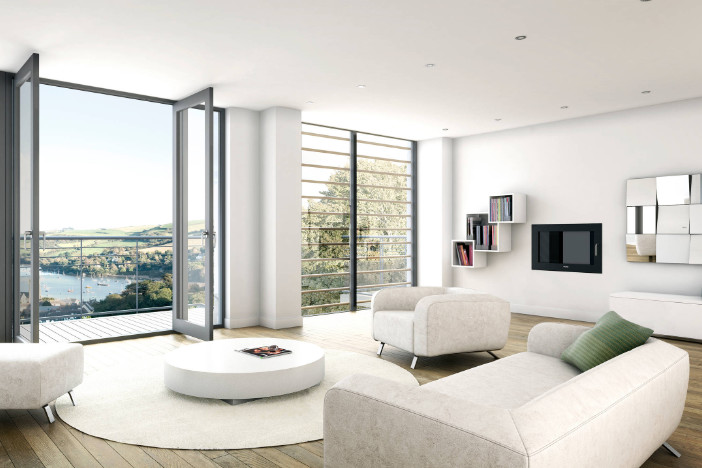
Minimalist homes are free of any clutter, only displaying items like couches, tables and light fixtures that are essential for functional living. Interiors have a focus on simplicity and effortless beauty. Character is brought forth not through detail, but through natural materials and essential items. Rooms are monochromatic, usually featuring subdued neutrals. Walls are kept simple with only one or two decorative pieces, like a canvas or a mirror. All surfaces, from the kitchen to the bathroom should be completely cleared off. Furniture features clean lines with very little detail, and they often double as storage, like ottomans that open up to reveal space. Architectural minimalism is influenced by Japanese Zen philosophy and the aesthetic principles of Ma and Wabi-sabi, which appreciate the value of empty space and absence of ornamentation.
Mission
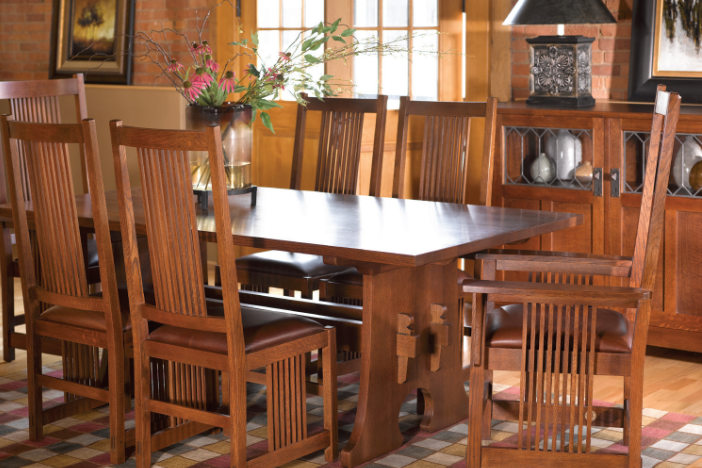
Mission style interiors contain furniture inspired by the Arts and Crafts movement. Chairs, tables and desks have no detailing or decoration and are very simply constructed. Legs are straight and the backs of chairs feature a slat design. Furniture pieces are typically made up of solid wood – usually oak. Interior color palettes are monochromatic, and cream is a popular color in mission homes because of its simple backdrop that pairs well with wooden furniture. Wallpaper is also used sparingly – it contains patterns inspired by nature, like flowers and vines. This style is named for the furnishings that occupied Spanish missions in California during the colonial period and originated with a chair made by A.J. Forbes for the Swedenborgian Church in San Francisco.
Modern

Modern homes share similar characteristics with minimalist interiors. The focus is on simplicity, cleanliness and absence of decor or detailing. Modern furniture offers smooth, clean lines inspired by architecture from the 1930s. It’s this testament to the sensibilities of the Bauhaus movement and Scandinavian design principles that sets modern interior design apart from contemporary style. Color palettes are typically made up of neutral shades, such as whites, creams and beiges. However, unlike minimalist interiors, these homes contain splashes of bright colors like oranges, pinks and turquoise on items such as dinnerware, curtains and rugs. All electronics in modern interiors are streamlined, so living rooms contain built-in DVD players and kitchens have small flat-screen televisions. Plastic and plywood are frequently utilized in modern style furnishings.
Modernist
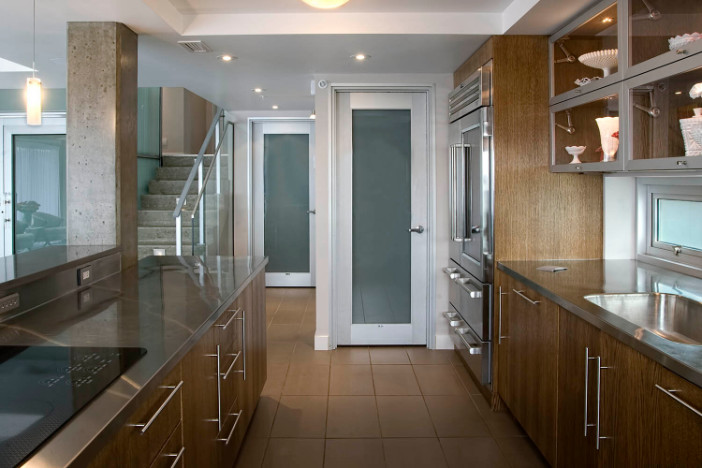
Modernist style, otherwise known as international style, was inspired by 1920s minimalist architecture. It focuses on natural materials like steel, glass and reinforced concrete, which are used on floors, countertops and appliances because of their lack of detail and ornamentation. Geometric shapes are emphasized through the use of tables, chairs and desks. Fabrics like curtains and bed linens feature a balanced mix of solids and bold, graphic patterns. As for modernist color palettes, gray is a commonly used hue due to its versatility and its sophisticated, upscale look. Prominent Modernist designers include Le Corbusier and Arne Jacobsen.
Moroccan
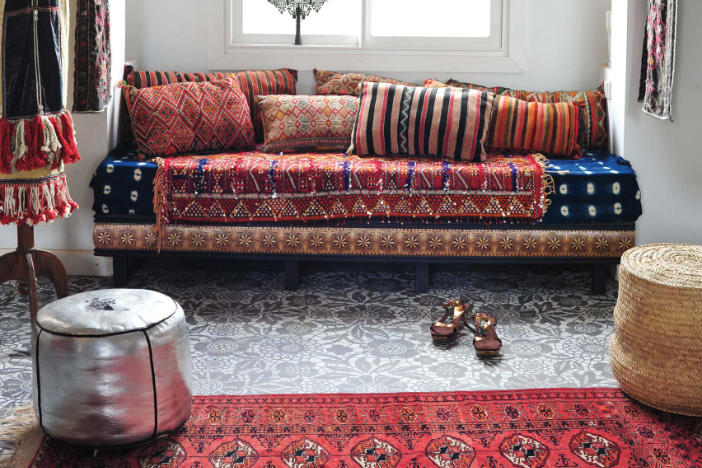
Moroccan interiors can be compared to Bohemian and eclectic homes, as Moroccan home design combines a variety of colors and patterns to bring character to a space. The shades used in Moroccan homes, however, are mainly deep jewel tones like emeralds, royal blues and bold purples – vibrant reminders of the colorful flea markets of ancient Marrakech. Furniture is ornately carved with wooden accents and is upholstered with luxurious fabrics like silk and velvet. Fabrics feature colorful mosaic patterns and interiors are illuminated with intricately detailed metal lamps. Ceramic or terracotta floor and wall tiles are frequently used throughout the kitchen and dining room or in mosaics. Vibrantly colored rugs, ottomans, poufs and cushions add exotic but laid back opulence. The low seating and lounge tables are also hallmarks of Moroccan design. The relaxed feeling is augmented by plush cushions and the abundance of leafy green plants.
Guide Sections
References

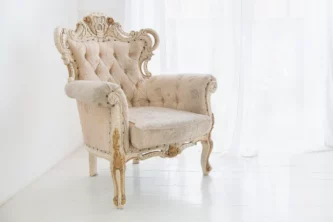
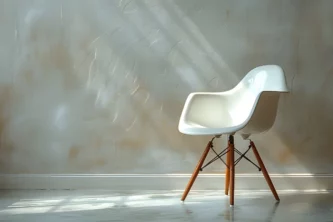
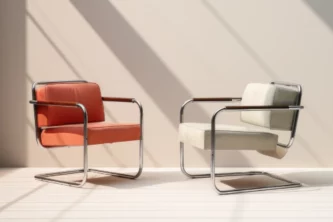
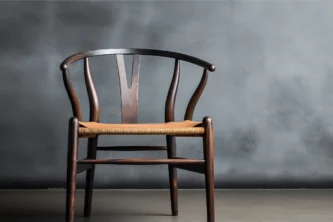
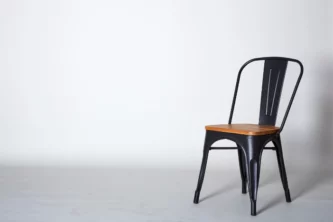
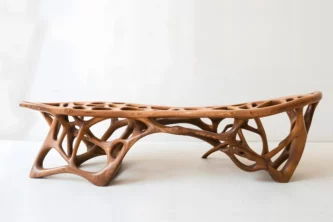
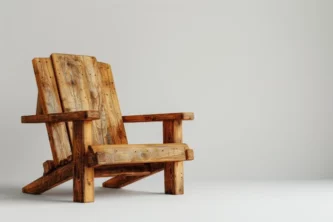
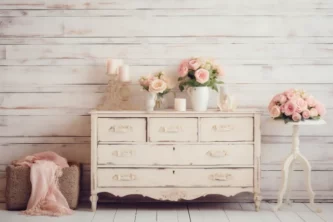
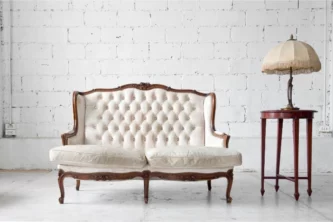




Leave a Reply